
Achieving ADA compliance through proper adjustments in knee clearance is vital for any property undergoing renovation. Ensuring that ADA knee clearance meets the specified standards not only enhances accessibility but also signifies a commitment to accommodating all individuals, particularly those with disabilities. This adjustment can weigh heavily on a property, potentially costing thousands of pounds if not adequately addressed during the remodel. Recognizing the importance of knee clearance adjustments is the first step toward creating an inclusive environment. With this guide, readers can navigate the complexities of ADA compliance effectively. Keep reading to gain insights into achieving optimal knee clearance in various settings, while avoiding common mistakes along the way.
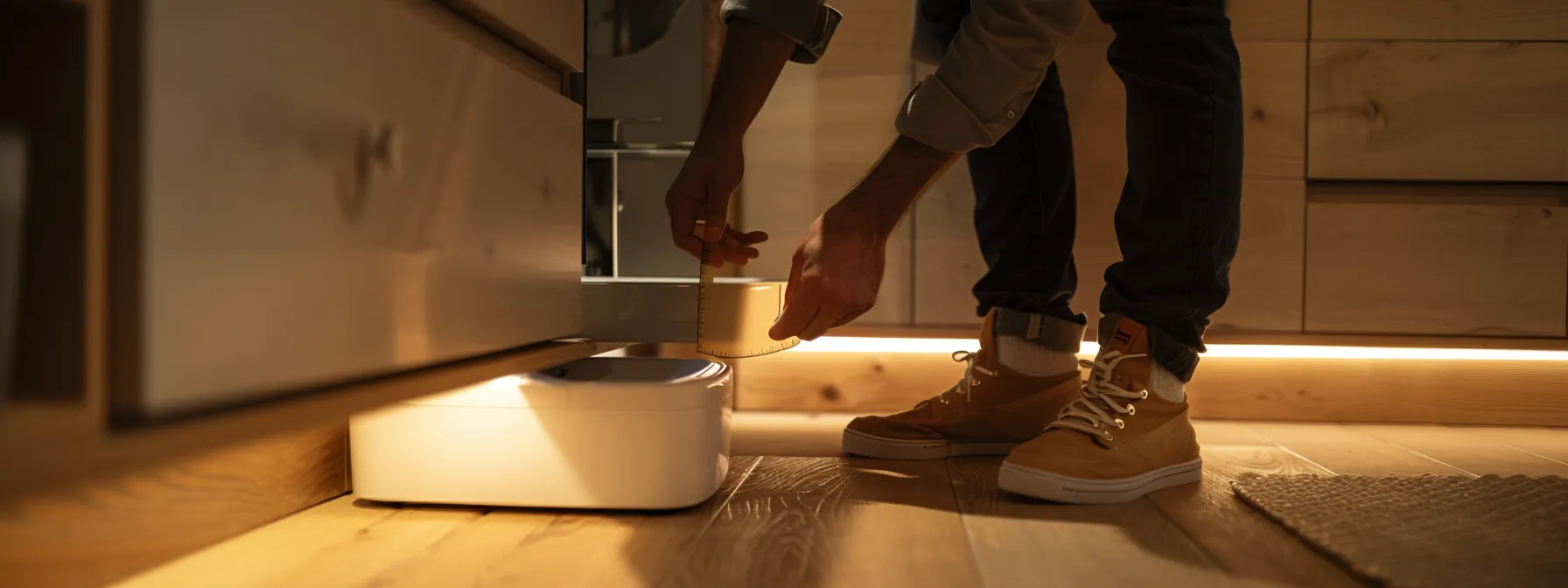
Understanding the specifications outlined in the ADA for knee clearance is critical for ensuring accessibility in various environments. This ada regulation encompasses standard measurements that accommodate individuals who rely on assistive devices, including wheelchairs. For example, proper knee clearance around fixtures such as sinks and ovens is essential, as it allows for safe maneuverability and operation. Additionally, considerations for lever handles and hinge mechanisms also play a significant role in optimizing usability. A thorough grasp of these ada knee clearance requirements ultimately contributes to creating inclusive spaces that prioritize the needs of all individuals.
The standard measurements for knee clearance are pivotal for creating spaces that cater to individuals with mobility challenges. For instance, architects must ensure that areas like accessible toilets maintain a minimum height beneath countertops and other fixtures to allow for comfort and ease of use. In settings such as waiting areas with vending machines, attention to knee clearance can enhance the experience for those undergoing physical therapy, as it facilitates better accessibility and independence.
Compliance with ADA requirements for knee clearance plays a vital role in shaping an inclusive society that values equal participation. It facilitates access to various aspects of daily life, allowing individuals with mobility challenges to efficiently transport themselves in workplaces, public facilities, and even historic sites listed in the national register of historic places. Adhering to these regulations through thoughtful rulemaking not only benefits individuals seeking employment but also enriches the community by supporting a diverse workforce.
Having grasped the essential ADA requirements for knee clearance, readers are now ready to put that knowledge into action. This guide offers practical steps to adjust knee clearance effectively.
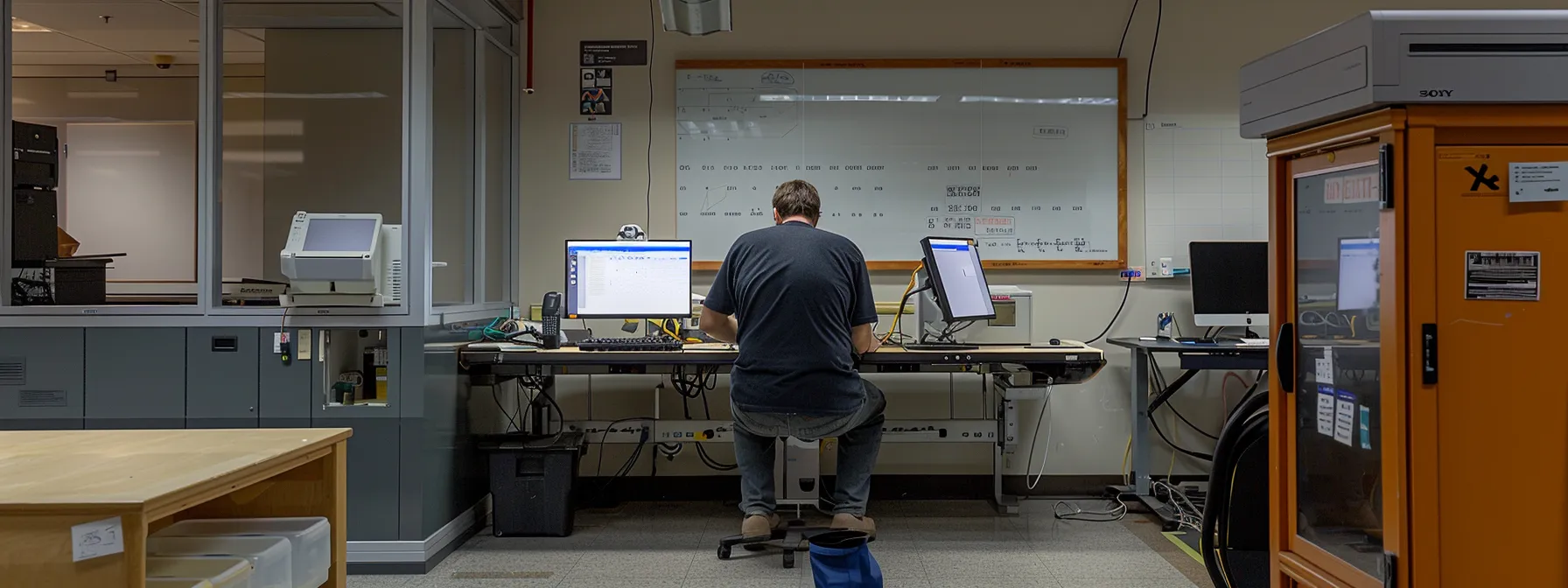
Recognizing the need for proper knee clearance is essential for achieving ADA compliance in various environments. The process begins by assessing the current setup to identify any existing architectural barriers, including workstations and mezzanine structures that might impede accessibility. Following this assessment, measuring the required clearances for knee space ensures that adjustments are based on specific needs, such as the placement of grab bars to enhance safety. Finally, implementing necessary changes, whether through modifications to existing structures or the introduction of new components, will bring facilities in line with the standards established under the Architectural Barriers Act of 1968. Addressing these factors effectively fosters inclusivity and accessibility for all users.
Assessing the current setup is a crucial first step in achieving adequate knee clearance for ADA compliance. This process involves careful examination of key areas such as desks and drinking fountains. Identifying potential barriers and ensuring that fixtures allow for comfortable access not only promotes safety but may also qualify organizations for a tax deduction under safe harbor provisions.
| Area of Assessment | Considerations | Compliance Status |
|---|---|---|
| Desk | Check knee clearance height and space | Pending Modifications |
| Drinking Fountain | Ensure accessibility for all users | Compliant |
| Van | Evaluate access paths for wheelchair users | Pending Assessment |
Accurate measurement of required clearances is essential for ensuring compliance with ADA guidelines. For example, when measuring spaces around structures such as turnstiles, it is necessary to consider how the knee clearance aligns with curb height to facilitate easy access for individuals using wheelchairs. Failure to address these measurements may lead to additional costs and complications, which could potentially result in missed tax credits for organizations striving to improve accessibility.
Implementing necessary adjustments for knee clearance involves evaluating current setups and making changes as dictated by ADA compliance standards and the American National Standards Institute (ANSI) guidelines. Organizations should prioritize areas in dwellings and recreational facilities, ensuring that customer service areas are equipped with appropriate features. An effective plan serves as an engine for creating spaces that promote accessibility and enhance user experiences.
Adjusting knee clearance sets the groundwork for a smoother ride. Now, let’s gather the right tools and equipment to ensure a precise adjustment.

To successfully implement adjustments that ensure proper knee clearance for ADA compliance, a careful selection of tools and materials is necessary. Essential tools for the job include measuring devices for accurate inspection of spaces, ensuring that countertops meet the required heights, and providing sufficient room for wheelchair users. Attention must also be given to choosing ADA-compliant materials that reduce risk, particularly in areas where chairs will be positioned, as the right choices can greatly enhance usability. Adhering to the specifications outlined in the international building code is pivotal in guiding these decisions, leading to a safer and more accessible environment for all individuals.
Proper adjustments for knee clearance require specific tools and resources to ensure compliance with ADA standards. Measurement devices play a crucial role in determining the appropriate distances from walls and other barriers, especially when assessing clearances around elements such as fire doors and ventilation systems. Additionally, organizations should consider factors affecting tax deductions, emphasizing the importance of using ergonomic materials that enhance accessibility while maintaining structural integrity.
Selecting ADA-compliant materials requires careful consideration of their functional and aesthetic aspects during construction. For instance, proper carpet choices can greatly influence mobility, ensuring that wheelchair users encounter minimal resistance while navigating spaces. Additionally, materials around key areas such as a cooktop must adhere to standards that facilitate ease of use while providing safety, making the adoption of suitable components essential in creating accessible environments.
Armed with the right tools, it’s time to put that knowledge into practice. However, avoiding pitfalls is key to achieving the best results in knee clearance adjustments.
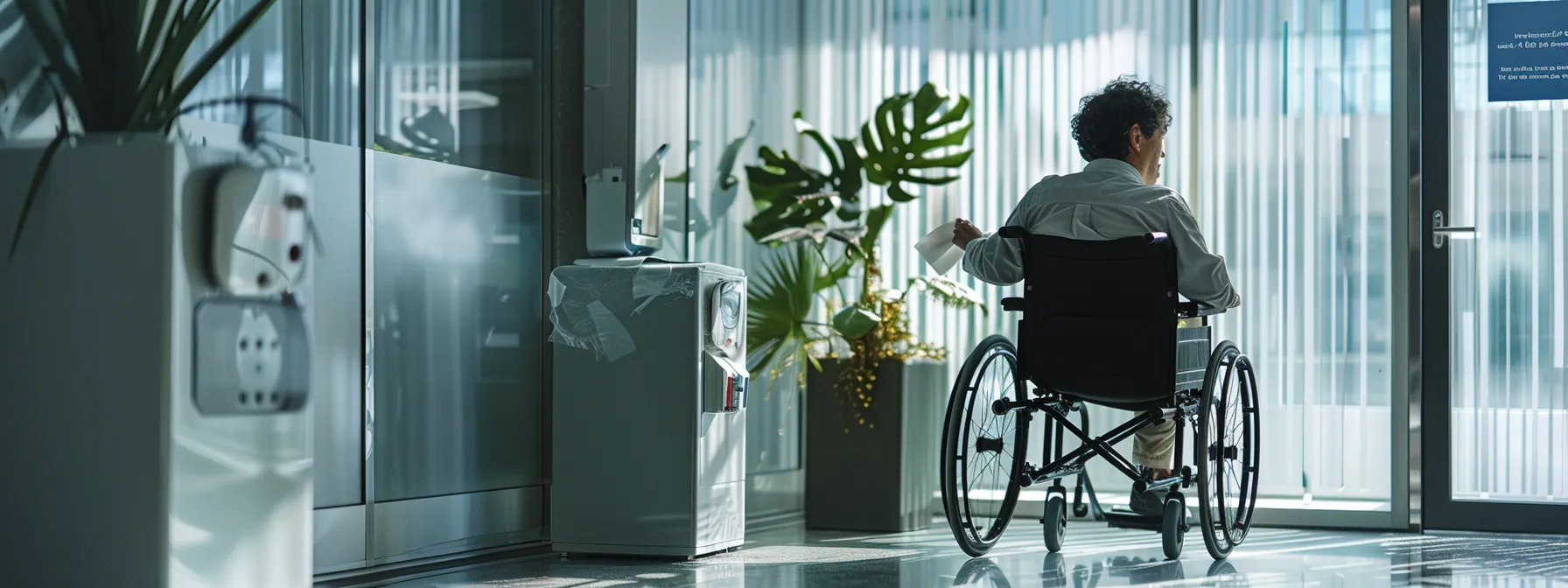
In the process of achieving ADA compliance through knee clearance adjustments, it is crucial to avoid common pitfalls that can undermine the effectiveness of such modifications. Overlooking the specific height and depth requirements can result in spaces that fail to accommodate the needs of individuals utilizing assistive devices, particularly in settings like bathrooms and health care facilities. Furthermore, neglecting the diverse needs of employees and customers may lead to inadequate accessibility, impacting their rights and overall experience. For instance, if paper towel dispensers in telecommunications offices are installed too high, it can hinder usability for individuals with mobility challenges. Awareness of these factors is essential for creating environments that truly prioritize accessibility and inclusivity.
Neglecting the required height and depth specifications can lead to significant accessibility issues, especially when installing fixtures such as door handles. If these are positioned too high or lack sufficient clearance, individuals using crutches or wheelchairs may encounter unnecessary obstacles, potentially violating ADA standards. This oversight not only affects usability but also represents a considerable expense in retrofitting facilities to meet compliance requirements.
Ignoring the needs of employees and customers can lead to significant issues in environments meant to provide care or services, particularly in medical and therapeutic settings. For instance, a drug dispensing area requires careful planning to ensure that counters offer the appropriate knee clearance and that patients can access emergency exits without obstruction. Failure to account for these vital requirements may result in complaints and reduced effectiveness in service delivery.
Knee clearance adjustments pave the way for smoother mobility, but proper consideration doesn’t stop there. Discover how ADA compliance plays a vital role in various settings, ensuring accessibility for everyone.
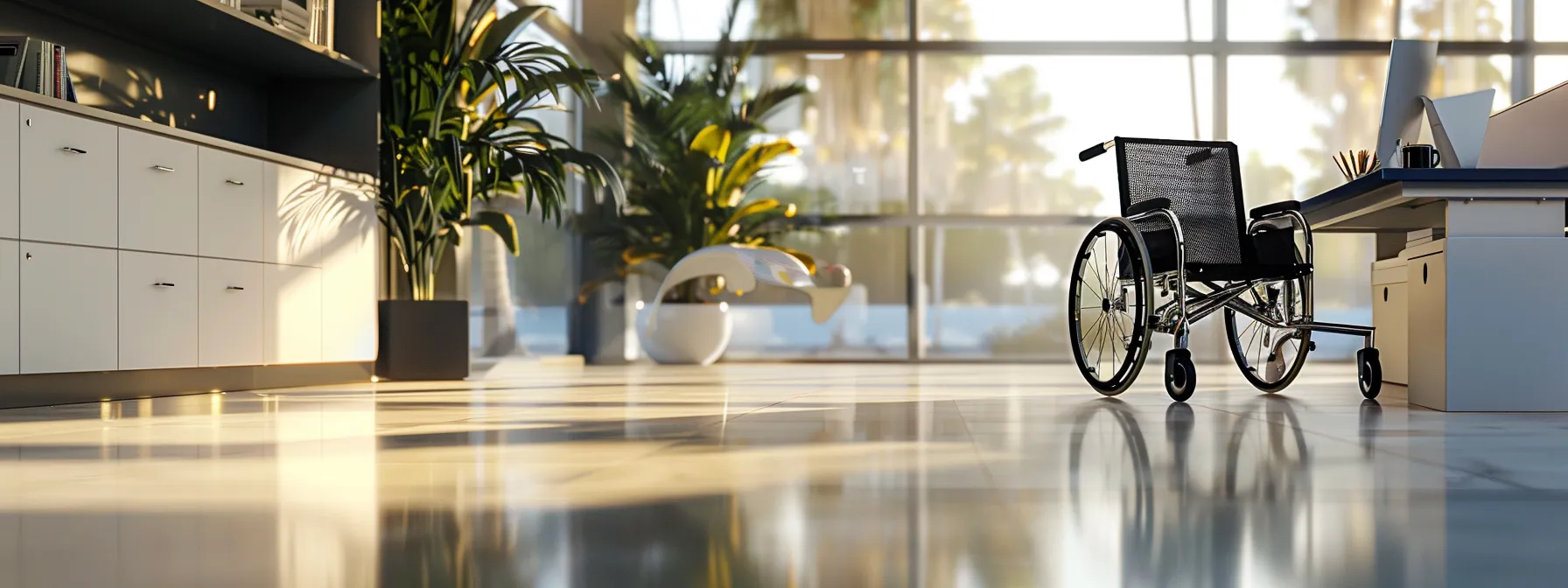
Incorporating proper knee clearance adjustments is vital for achieving ADA compliance across various settings, particularly in office spaces and public facilities. Office environments must consider knee clearance to promote a functional workspace that accommodates individuals with mobility challenges, ensuring all employees can navigate these areas safely. Similarly, public facilities are tasked with adhering to ADA guidelines as outlined by the United States Department of Justice, as they serve a diverse occupancy that may include those who rely on assistive devices. Whether addressing fixtures in an office setting or public amenities such as restrooms, recognizing the relationship between these adjustments and overall accessibility enhances the experience for all users, making every space inclusive and functional.
Adjusting knee clearance in office spaces requires careful attention to length specifications to ensure compliance with ADA standards. A thorough checklist for assessing existing work environments should include evaluating the usability of desks and meeting tables, particularly in areas where formal proceedings, such as courtrooms, may take place. Furthermore, incorporating these adjustments not only enhances accessibility but also aligns with principles of historic preservation by maintaining the integrity of the space while accommodating modern requirements.
Ensuring compliance in public facilities requires a comprehensive approach that addresses all dimensions of accessibility, including the installation of proper signage and modifications to fixtures such as toilet seats. Organizations must consider how stairs present potential hazards and implement reasonable accommodations like ramps or elevators to facilitate ease of access. Addressing these elements not only enhances usability for all individuals but also fosters an environment committed to inclusivity and safety.
Understanding ADA compliance is just the beginning. Regular maintenance and compliance checks ensure lasting accessibility and safety for everyone.
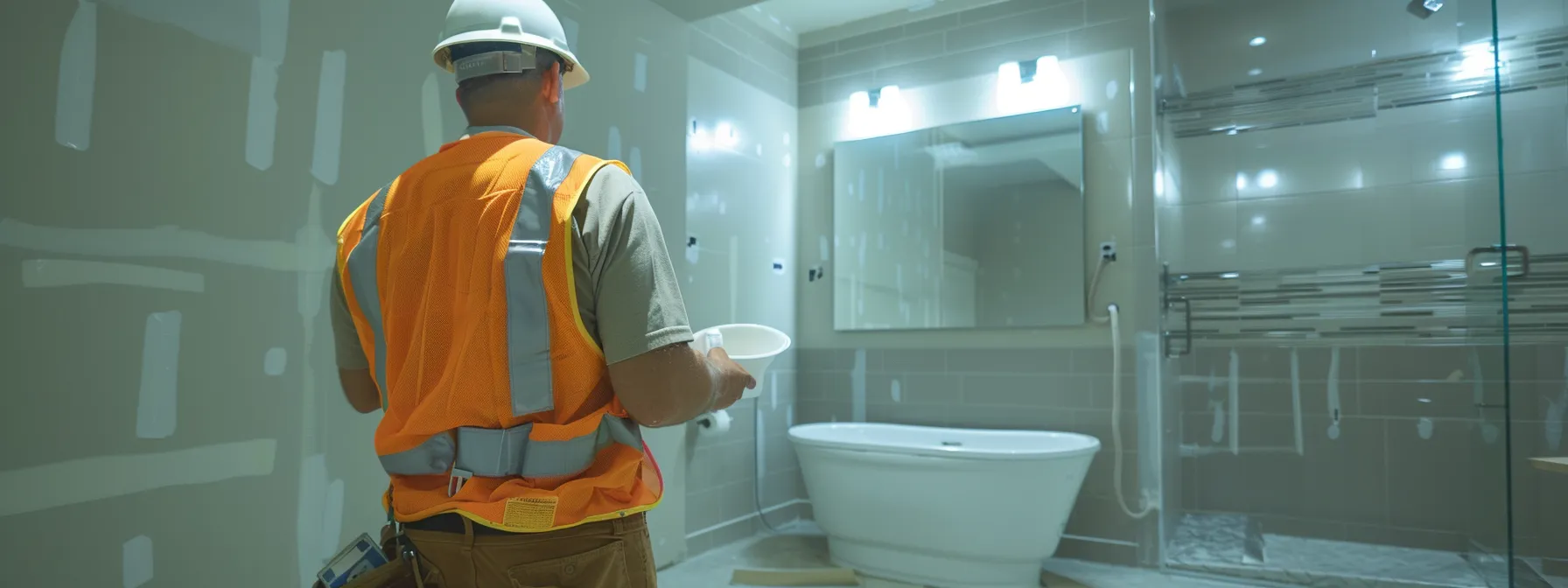
Maintaining consistent adherence to ADA standards requires a proactive approach, emphasizing the need for regular assessments and updates. Scheduling periodic reviews ensures that facilities, including showers and other accessible features, continue to meet the evolving requirements set forth by the code of federal regulations. Staying informed about the latest ADA guidelines helps in identifying necessary adjustments that prevent discrimination and promote equity within environments serving diverse populations. This commitment to compliance not only reinforces the principles of justice but also enhances the overall accessibility and usability of spaces for individuals with mobility challenges.
Scheduling periodic reviews for ADA compliance is essential for maintaining accessible environments in various settings, including vehicles, sinks, and bathtubs. Regular assessments ensure that adjustments remain aligned with the Rehabilitation Act of 1973 and respond effectively to any changes in accessibility needs. This proactive approach also helps manage potential pressure from evolving regulations, allowing organizations to foster an inclusive atmosphere for all users.
Updating adjustments to meet the latest ADA guidelines is vital for ensuring that all areas, including the lobby and sidewalks, are accessible to individuals with mobility challenges. Consideration must also be given to features like door latches to ensure they provide ease of use for everyone. Compliance with standards established by the Equal Employment Opportunity Commission and the Internal Revenue Code fosters an environment that supports inclusion and equal access for all users.
Achieving ADA compliance through proper knee clearance adjustments is essential for creating inclusive and accessible environments. These adjustments ensure that individuals with mobility challenges can navigate spaces comfortably and safely. Organizations benefit by enhancing usability and promoting equity for all users, bolstering community support. Regular maintenance and adherence to guidelines further solidify commitment to accessibility, ultimately enriching the experience for everyone.



When it comes to ADA (Americans with Disabilities Act) compliance, you have two options as a business owner: either hire a certified ADA inspector or
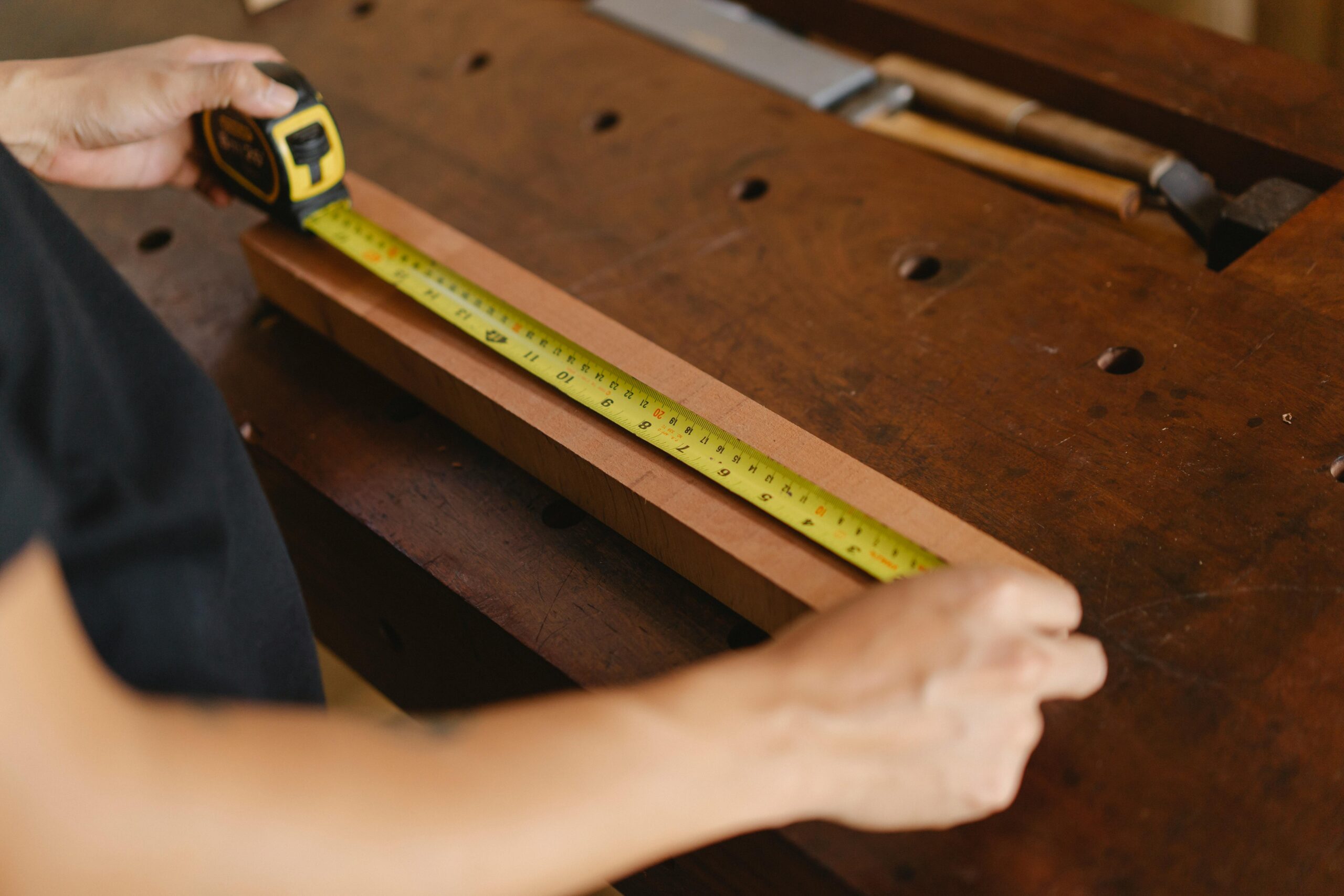
It’s possible to mistake a standard tape measure for an ADA tape measure because they look almost identical. After all, both are used for measuring